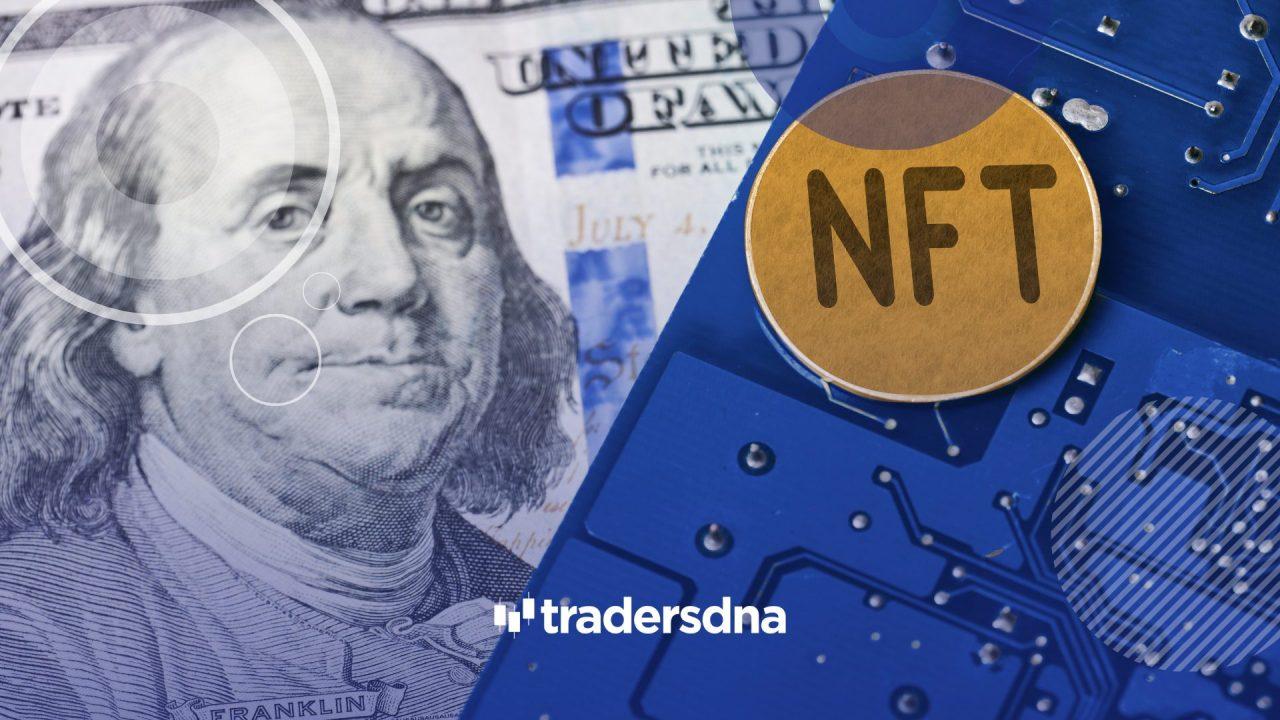The insurance industry will undoubtedly be impacted by blockchain technology on multiple fronts. The smart contract nature of NFTs makes them an ideal and immutable way of implementing insurance policies and financial services contracts. A digital financial services provider or insurance broker could easily mint NFTs to represent their service contracts and policies.

Not only do blockchain technology and NFTs have tremendous potential to implement insurance industry functionality in new and innovative ways, as a new class of asset NFTs may present a new market opportunity for the industry.
Industry Restructuring
As with other industries, insurance has become a complex industry with many intermediaries. It has undergone significant change due to digital transformation, with substantial aggregation in the consumer market allowing consumers to easily compare commoditised products such as house contents, car, and travel insurance.
These changes have removed many traditional intermediaries; however, there are opportunities for further disintermediation. While no examples yet exist, it is easy to see parallels with the lending sector of financial services.
Blockchain enables a direct and deeper relationship with individuals and organisations, and smart contracts allow a new level of automation.
Risk Management
Perhaps most interesting are the possibilities unlocked by digital twinning, the ability to identify people and assets uniquely, and their specific characteristics and history. A parallel here is again the lending sector, where building up a credit history and credit score gates the services and level of lending a lender is willing to provide.
Risk management is often very generic in the lending and insurance sectors, with a corresponding provision of commoditised products. However, a generic approach is not without risk to the provider or cost to the consumer, as references to averages rather than actuals often drive decisions. The more information an organisation has, the better it can calculate the likelihood of a particular risk occurring and price accordingly.
Digital twinning and smart contracts create the possibility for a deeper, quicker, and more cost-effective look at risk on a case by case basis and hence a more bespoke service offering.
Insuring Digital Assets
Digital assets are a new opportunity for the Insurance industry. However, several implications, opportunities and uncertainties are associated with underwriting risks related to virtual assets and NFTs.
An asset implemented using blockchain technology has exceptionally high security and protection against loss, theft, accidental or malicious damage, change or use. Such a robust system might suggest scant opportunities for insurers to underwrite risk in a new sector. Not so!
A chain is only as strong as its weakest link, and there are plenty of links in the NFT supply chain – added to which the sums involved are often very substantial.
Whilst there is much interest in insuring virtual assets, there is also reluctance to enter an immature and potentially risky sector. Insurance is a traditionally conservative market sector, so gaining an advantage will challenge insurers to adjust to different actuarial, technical, and operational perspectives.
Digital Wallets and Insurance
One link in the chain that bears closer examination is insuring e-wallets. These are not just critically important to enabling transactions; they are often the mechanism for holding the keys to digital assets. Losing an e-wallet is like losing your physical wallet, keys, signed contracts and title deeds all in one go
The challenge with e-wallets is that they are built differently from NFTs, which may present vulnerabilities that the assets themselves do not have.
Investors usually have large amounts of funds at stake. If the e-wallet is in any way “hacked”, the NFT would be lost and difficult to trace or get back. Hence this field offers a unique opportunity for insurers.
Securing Against Data Loss
Cyber insurance policies work on securing data against loss, theft, or malicious damage, with some of the most significant claims related to ransomware where the policies cover PR, legal costs and recovery.
The predominant cryptocurrency insurance product currently available in the market is for third-party professional cold storage insurance, which covers digital assets held by custodian centres. These centres store codes on behalf of the service providers, such as marketplaces and e-wallet suppliers.
Using a custodian centre to ensure at least one copy of an NFT, e-wallet, or the blockchain on which crypto and NFTs are built exists is undoubtedly a sound practice. However, their role is interesting from an insurance perspective, as the risk is being managed and controlled by a third party, not the asset’s owner. This scenario opens the question of who needs to insure what and what insurance policies are required to effectively and efficiently underwrite the risks of owning or trading virtual assets.
Cyber insurance policies cover physical loss of the codes (i.e., if the hard drive suffers damage in a fire) and collusion (i.e., an employee works with a third party to hack the system). However, they are unlikely to cover the currency’s value attached to the codes held by the custodian centre.
In the case of cryptocurrencies, their aggregate value is likely to be so large as to be uninsurable, even if the risk is negligible.
Insuring a set value, much like guaranteeing a personal or business cash holding, may have some merit as a safety net if needed.
Who needs insurance for NFTs?
Commercial dealers like Christie’s, or asset-based marketplaces like ‘MakersPlace’, do not hold ‘the’ token; they provide a platform for its sale. Given this, they would not need insurance in the same way as if they were holding the physical art and taking liability for damage while in their custody.
The parties that may require insurance are the asset owner and those responsible for maintaining any master data files, such as e-wallets, blockchain copies, and electronic files that the NFT references that are not part of a blockchain.
Does an NFT need to be insured?
However, whether insurance is needed at all is a moot question. One of the defining properties of an NFT is that it is by and large indestructible and incorruptible because of the distributed nature of the blockchain ledger within which it exists. This makes it much more durable and permanent than most traditional electronic assets. Destroying the NFT or corrupting it would require doing so to all instances of the ledger distributed across the network, i.e., the Internet.
If this is the case, then the work cannot be stolen, and within the crypto world, it is safe from physical loss or damage in the form of fire, flood etc. Unless a piece of physical hardware is needed to access the NFT that can be lost or stolen, what is the potential risk of loss?
Conclusion
The real question is what the NFT represents and where the value/real asset is. Does the NFT include the asset, i.e., as a digital work of art included in the blockchain (rare), or does it reference an asset that exists elsewhere either physically or electronically (likely)? In the latter case, the physical/digital asset needs protecting and insuring.
Tradersdna is a leading digital and social media platform for traders and investors. Tradersdna offers premiere resources for trading and investing education, digital resources for personal finance, market analysis and free trading guides. More about TradersDNA Features: What Does It Take to Become an Aggressive Trader? | Everything You Need to Know About White Label Trading Software | Advantages of Automated Forex Trading



































